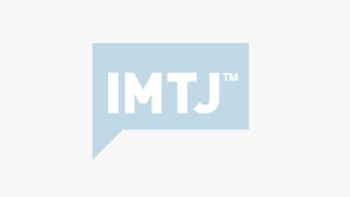Wellness is sometimes represented as a passing fad or niche market, but a major study conducted by SRI International (SRI) reveals that the yearly worldwide wellness industry is poised to cross the $2 trillion mark. The report, “Spas and the Global Wellness Market,” represents one of the first analyses of the wellness industry and the consumer forces driving its growth.
Wellness is sometimes represented as a passing fad or niche market, but a major study conducted by SRI International (SRI) reveals that the yearly worldwide wellness industry is poised to cross the $2 trillion mark. The report, “Spas and the Global Wellness Market,” represents one of the first analyses of the wellness industry and the consumer forces driving its growth. The study says there are 289 million active wellness consumers in the world’s top 30 industrialized nations, and that while medical tourism has been in the spotlight, wellness tourism and consumer travel to pursue holistic, preventive, or lifestyle-based services represents a market more than twice as large.
The study says that three mega-trends will ensure continued growth in wellness:
- An aging world population;
- Failing conventional medical systems, with consumers, healthcare providers, and governments seeking more cost-effective, prevention-focused alternatives to a Western medical/sickness model focused on solving health problems rather than preventing them;
- Increased globalization, with consumers more aware of alternative health approaches at home and abroad.
Wellness is rarely defined, so the study suggests-
- Multidimensional and holistic, integrating physical, mental, spiritual, and social approaches;
- Complementary and proactive, not only treating illness, focused on preventing sickness and improving overall quality of life;
- Consumer driven, relying on consumer choice rather than patient necessity.
Katherine Johnston of SRI says, “Governments, health professionals, and investors need to take consumer demand for wellness services very seriously, because, with the shortcomings in the global healthcare system, a shift toward wellness and prevention not only will, but must, accelerate.” The study says that the spa industry is one of the most logical sectors to take advantage of and lead the wellness industry. Susie Ellis of SpaFinder suggests “Consumers already associate spas with wellness, and increasingly modern spas are integrating fitness, complementary/alternative medicines, preventive health, advanced beauty/anti-aging, and weight loss/nutrition, as well as becoming a key player in medical and wellness tourism.”
Reinhard Petry of the European Spas Association (ESPA) says the global spa market is huge, and in Europe alone there are 180 million overnights per year at a spa or wellness center. Health tourism could be the fastest growing tourism market over the next 10 years. Petry says that while spas in Europe are very concerned with prevention and rehabilitation, together with the use of local national remedies and products, American spas are more devoted to enhancing overall wellbeing through a variety of professional services. Pointers for spa and wellness centers seeking the tourism market:
- Good language skills
- Good staff
- Use the cuisine as a unique selling point
- Include offers for the children
- Have quality control by recognized enterprises
According to reader awards on tourism site TripAdvisor, the top five global spa destinations are;
- Sedona, Arizona
- Bath, UK
- Reykjavik, Iceland
- Bora Bora, French Polynesia
- Ubud, Bali
And reflecting recent problems in Thailand, India, Jamaica, and Mexico, readers voted for the ten safest countries to travel to; Iceland, Norway, Switzerland, Japan, New Zealand, Singapore, Denmark, Cyprus, Luxembourg and Ireland.








 ©2024 All rights reserved LaingBuisson
©2024 All rights reserved LaingBuisson 


